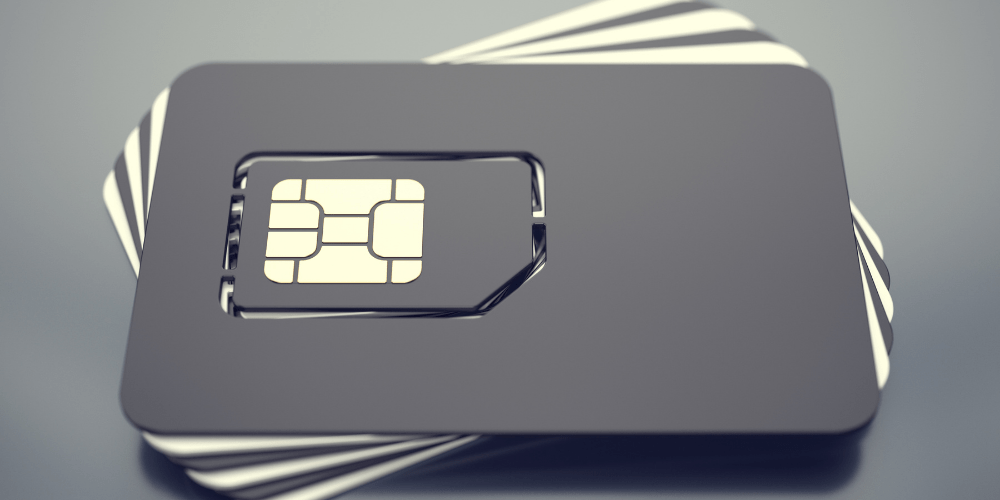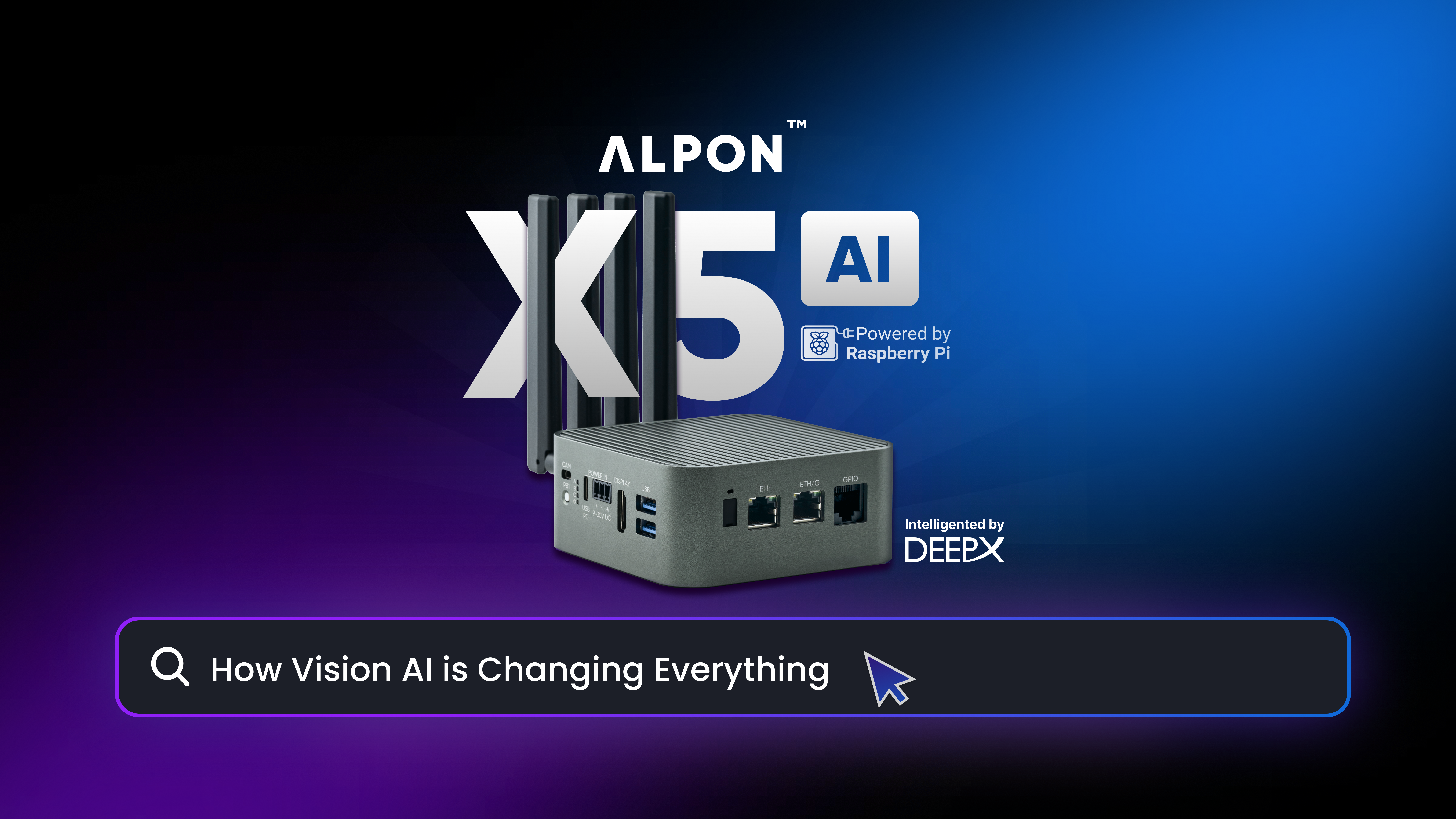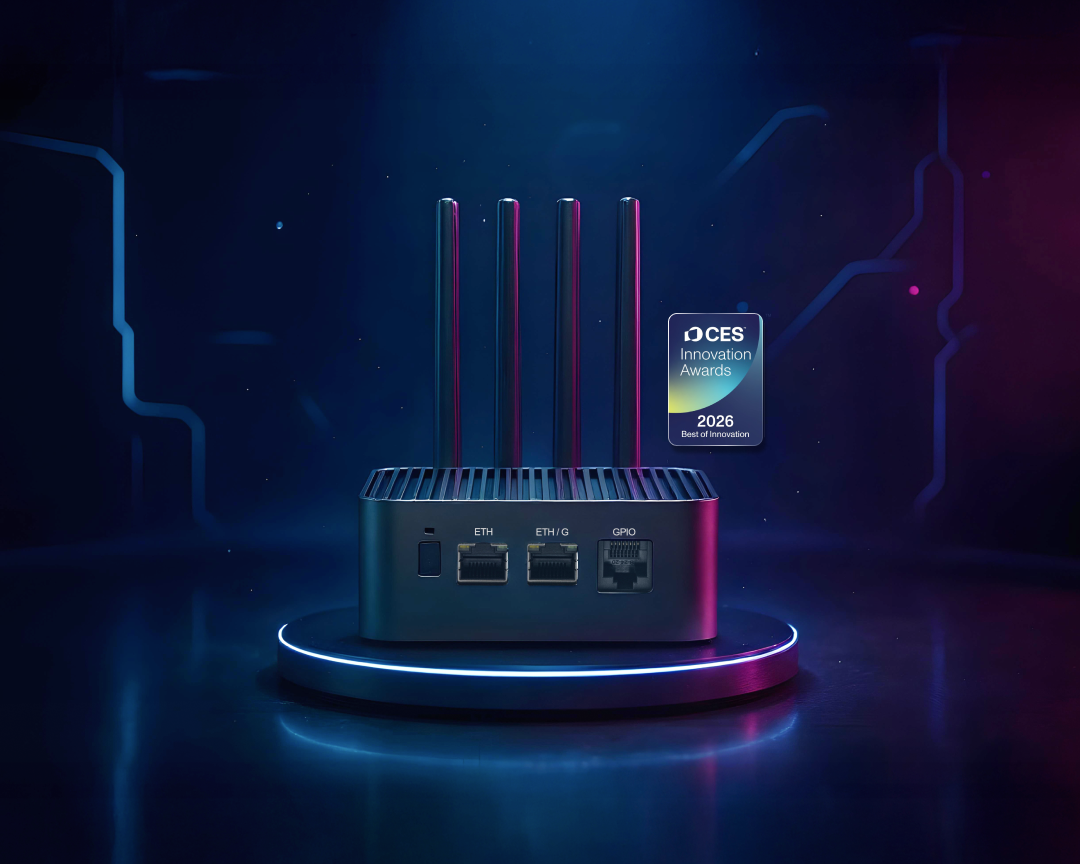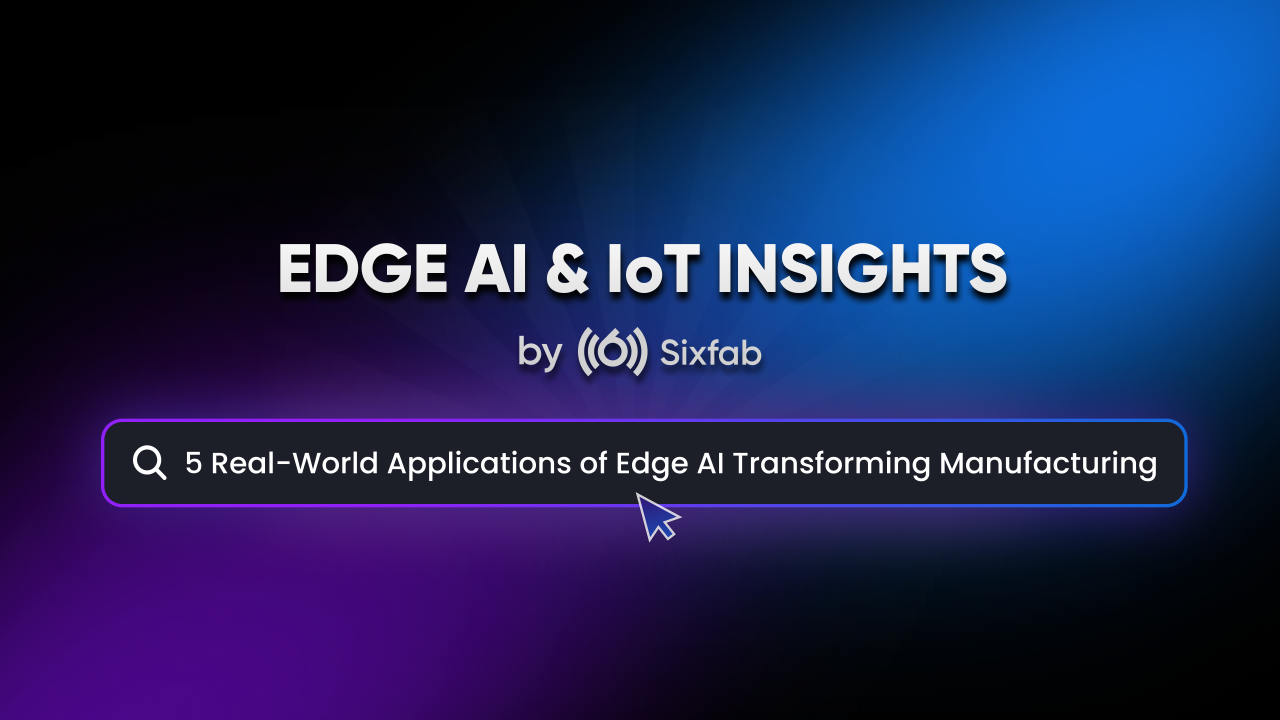The Internet of Things, or IoT, as it is popularly called, refers to the gigantic network of all objects or devices that are connected. It has been reported that there are more than 8 billion IoT devices, and this number is quite likely to increase exponentially. Its importance is growing, especially since daily-use objects like cars or kitchen appliances, or workplace sensors are now connectable. The development of IoT has led to the establishment of the latest SIM card technology in the form of IoT SIM cards.
What is an IoT SIM Card?
As you all know, a SIM card is a smart, portable card that stores information about the mobile subscriber and helps people connect to other devices. IoT SIM cards, also known as M2M SIM cards, are quite different, however. They are used to connect modern smart objects or devices (like cameras or drones, or other machines) and also connect to cloud services. Unlike regular SIM cards, which are connected to only one network provider, IoT SIM cards connect with multiple such providers. They require a large amount of strong network coverage.
IoT SIM card devices can remain connected irrespective of their location since they are able to choose any signal that is available to them. IoT SIM cards can also be managed remotely. In fact, it is a definite requirement. Users can check on their IoT devices to view and analyse information, and they can do it from anywhere. They have a different set of data consumption packages and rates too. It is quite critical to choose the right IoT service provider for the devices.
What Are The Forms of IoT SIM Cards?
Just like regular SIM cards, IoT SIM cards also come in multiple sizes. People choose the type of SIM card based on the specifications of their cellular device. In the same way, one needs to choose the SIM card form factor for their IoT device based on its size and technical specifications.
The main IoT SIM card form factors are as follows:
- The Mini SIM (2FF): This one is the largest SIM card, measuring around 25mm by 15mm. It is generally used for vending machines that have IoT devices or applications, as well as vehicle tracking devices.
- The Micro SIM (3FF): This is also known as the third form factor (3FF) and is much more compact than the Mini SIM. It has the same capacities as the Mini, and it measures around 15mm by 12mm. It is usually used in medium-sized IoT devices like health monitors, tablets, and dispatch units.
- The Nano SIM (4FF): This is much smaller than the 2FF and 3FF, but it has similar memory and processing capabilities. It measures around 12.3mm by 8.8mm and is 15% thinner than the others. It is used in small devices that are usually wearable, like trackers or even other objects like mobile payment devices.
- The Embedded SIM (eSIM or eUICC): This is some of the latest SIM card technology available. It measures only 6mm by 5mm, making it the smallest SIM card. It is not removable, and the SIM card is directly embedded into the IoT board. It is designed to be very durable and installed in IoT devices used in harsh environments.
Which Sectors are the IoT SIM Cards Used in?
The IoT devices with SIM cards are used in many sectors. Some of the primary areas are as follows:
Smart Home Devices
Many modern homes have an assortment of smart devices. A host of daily objects like the TV, fridge, security system, lighting, and more are connected to the network. IoT SIM cards are generally used for these devices. They enable remote connectivity for maintenance since they are always “online”, homeowners can access them from anywhere.
Cellular Failover Connectivity
A 4G LTE SIM card has a failover capability to switch to another available connection when the primary line is lost. Similarly, IoT devices also have a cellular failover system in place. That enables the device to stay connected when the primary source of connectivity (such as WiFi) is down, which is especially useful in rural areas or areas prone to natural calamities.
Industrial Internet of Things
There is a new industrial revolution that focuses on IoT. With practically everything becoming “smart” and connected, most devices are manufactured with digital technology. Smart manufacturing enables a great supply chain system, and the quality of work improves immensely.
Trackers and Wearable Devices
IoT SIM cards can be used in so many lifestyle and healthcare applications and devices such as smartwatches, fitness trackers, healthcare monitors, and so many others. Such devices can significantly improve the standard of living in multiple ways.
What are the Advantages of SIM Cards for Businesses in the Field of Technology?
The world is becoming progressively automated, one device at a time. Business processes are also getting automated. Using machines enabled with IoT SIM cards is greatly beneficial to businesses, especially in technology. Errors are much fewer and can be resolved easily. Automation saves time and costs. The productivity and quality of work increase multifold.
Sixfab SIM is an excellent provider of the best IoT SIM cards that can connect to 410 networks in 174 countries. You do not need any contracts, and the pricing is flexible. Learn more about what Sixfab does from here.



